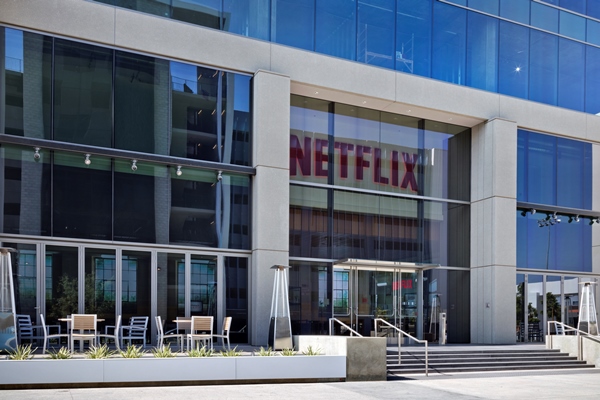Netflix sees dip in U.S. subscribers in Q2, commits to remaining ad-free

Paid memberships declined in the U.S. for the first time in eight years, with the streamer discounting the notion that slow growth could be attributed to a competitive market.
Global streaming giant Netflix saw increases in revenue but much lower subscriber growth than projected in the second quarter of 2019.
Despite a forecasted five million paid net adds in subscribers, the streamer saw only 2.7 million actual new members globally, representing a total of 151.56 million subscribers, a growth of 24% year over year.
Paid memberships actually declined in the U.S. for the first time in eight years. Q2 saw 60.1 million U.S. paid subscribers as compared to 60.23 million in Q1, a dip that Netflix called “essentially flat” in a letter to shareholders.
Netflix attributes the overall dip in growth to a number of factors, noting that net adds were particularly low in regions where prices increased. Additionally, the content slate and higher than expected growth in Q1 may have caused a greater pull-forward effect than predicted, according to the shareholders letter.
The streamer explicitly discounted any notion that its slow growth could be attributed to a competitive market: “We don’t believe competition was a factor since there wasn’t a material change in the competitive landscape during Q2.”
Total revenue at Netflix hit US$4.92 billion in Q2, up more than $1 billion from Q2 in 2018. Almost half of that came from the U.S., which clocked $2.3 billion in revenue. International revenue sat at $2.55 billion.
On the content side, natural history docuseries and climate change call to action Our Planet registered as a major hit. It was Netflix’s highest-watched original docuseries through its first four weeks, according to the streamer, watched by 33 million households (Netflix’s viewership data has not been verified by a third party).
Moving forward, the company acknowledged that the SVOD space is about to get very crowded. “Over the next 12 months, Disney, Apple, WarnerMedia, NBCU and others are joining Hulu, Amazon, BBC, Hotstar, YouTube, Netflix, and many others in offering streaming entertainment. The competition for winning consumers’ relaxation time is fierce for all companies and great for consumers,” they said.
Netflix dispelled any rumors that it might supplement its revenue through ad sales in the face of stiffer competition. “We, like HBO, are advertising free,” they said. “That remains a deep part of our brand proposition; when you read speculation that we are moving into selling advertising, be confident that this is false. We believe we will have a more valuable business in the long term by staying out of competing for ad revenue and instead entirely focusing on competing for viewer satisfaction.”
The streamer’s Q3 projections suggest confidence in continued growth despite its underperformance in Q2.
(Photo courtesy of Netflix)

 The definitive CDN broadcast and production resource.
The definitive CDN broadcast and production resource.










